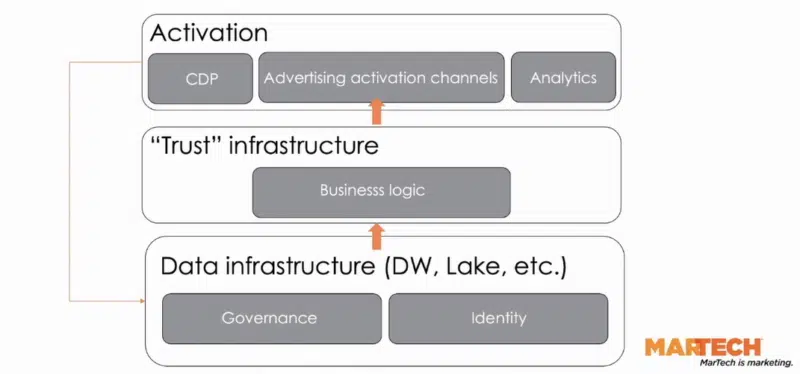Bad news for those using ad blockers. YouTube launched a new experiment that would block users from watching YouTube content when ad blocking apps are active in a browser.

As you can see in this example, shared by Android Police, some users are now seeing this new pop-up appear when trying to watch YouTube content. The new pop-up explains that in order to keep watching YouTube videos, users will have to disable their ad blocker, or make YouTube.com an exception within their ad blocking rules.
YouTube has confirmed that this is part of a new experiment, which has not been widely launched as of yet. But it could indicate the future direction of the app in combating ad blockers to maximize promotional opportunities.
Of course, some developer somewhere will think of a way around this, and it won’t be long before there’s a way to subvert this new process. But it points to a new shift in approach from YouTube’s parent company Google in more aggressively combating ad blockers in its apps.
Google has been implementing restrictions on ad blocking technologies for years, via updates to Google Chrome, as it works to protect its core ads business. Most of those changes have been reverse-matched by ad blocking devs. But it now seems that Google may be looking to get more serious about halting apps that seek to stop it from displaying ads.
And with Google also integrating generative AI in Search, which could also impact its ad business, it makes sense that it would also be looking to maximize ad exposure in other areas in order to mitigate any potential loss, and keep ad partners happy.
YouTube has long been a key focus for ad blocking providers – because no-one wants to sit through two ads, or more, before viewing a YouTube clip. The rise of Shorts has also added to this, with YouTube still working out the best way to insert ads into the Shorts experience, and maximize the potential for ad partners within this element.
Weighing all of these together, it does make sense that Google would be looking to crack down on ad blockers moving forward.
As noted, right now, this is a limited test, but it could be expanded soon.
























































![Key Metrics for Social Media Marketing [Infographic] Key Metrics for Social Media Marketing [Infographic]](https://www.socialmediatoday.com/imgproxy/nP1lliSbrTbUmhFV6RdAz9qJZFvsstq3IG6orLUMMls/g:ce/rs:fit:770:435/bG9jYWw6Ly8vZGl2ZWltYWdlL3NvY2lhbF9tZWRpYV9yb2lfaW5vZ3JhcGhpYzIucG5n.webp)















.jpg)
